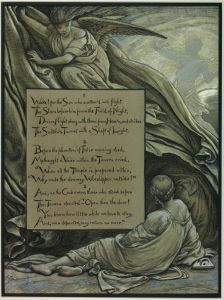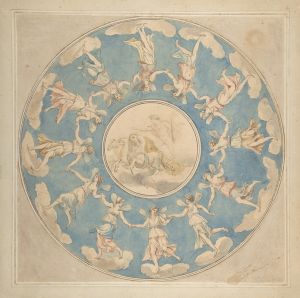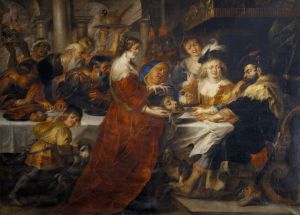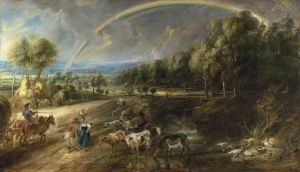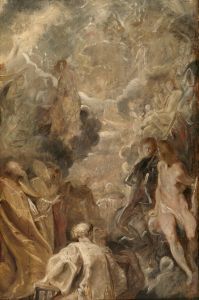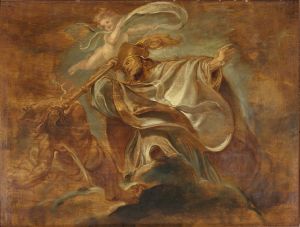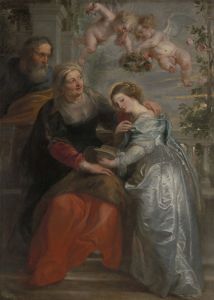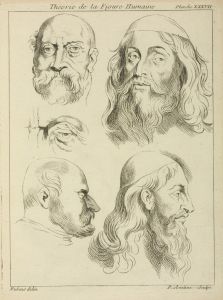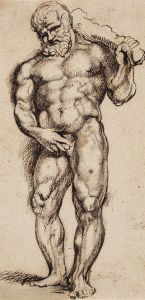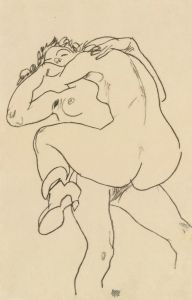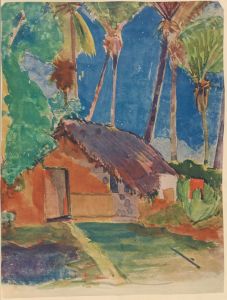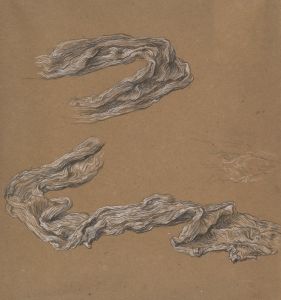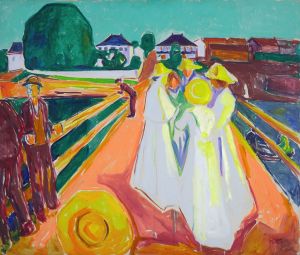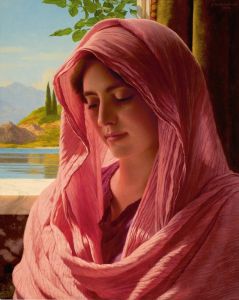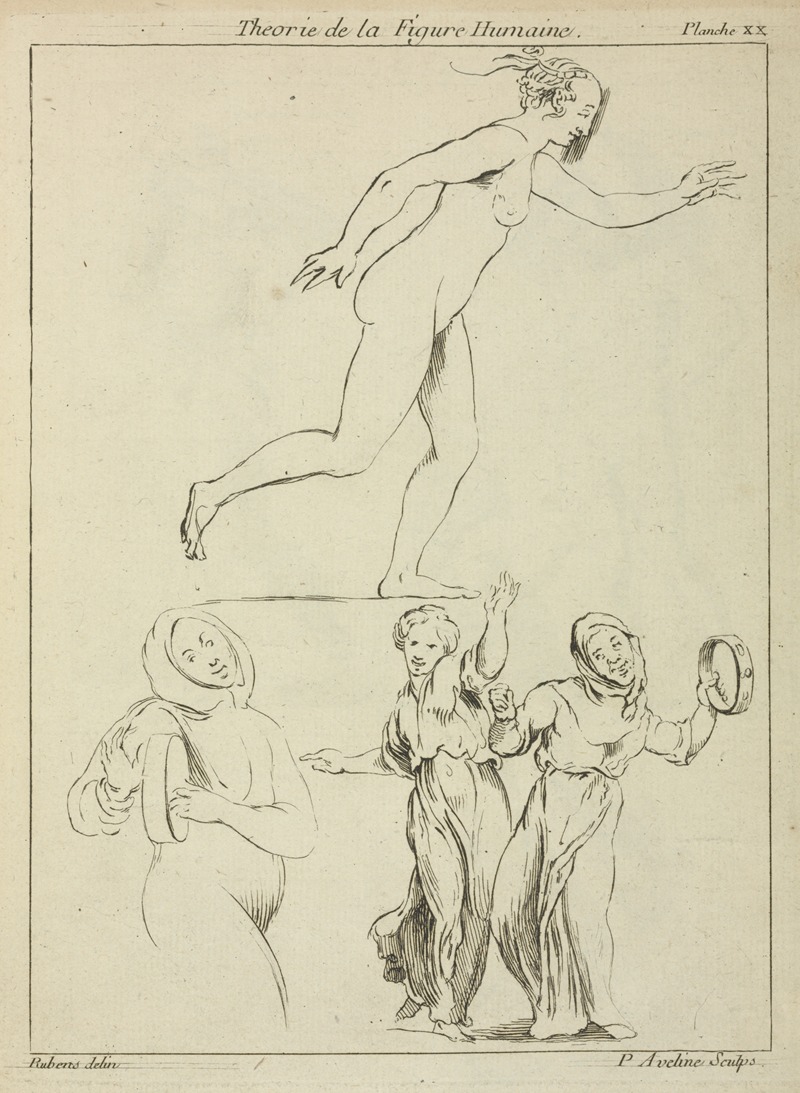
One nude and three clothed female figures
A hand-painted replica of Peter Paul Rubens’s masterpiece One nude and three clothed female figures, meticulously crafted by professional artists to capture the true essence of the original. Each piece is created with museum-quality canvas and rare mineral pigments, carefully painted by experienced artists with delicate brushstrokes and rich, layered colors to perfectly recreate the texture of the original artwork. Unlike machine-printed reproductions, this hand-painted version brings the painting to life, infused with the artist’s emotions and skill in every stroke. Whether for personal collection or home decoration, it instantly elevates the artistic atmosphere of any space.
Peter Paul Rubens, a prominent Flemish Baroque painter, is widely celebrated for his dynamic compositions, vibrant use of color, and masterful depiction of the human form. Among his extensive body of work is the painting titled One Nude and Three Clothed Female Figures. This artwork exemplifies Rubens' skill in portraying the human figure with a combination of naturalism and idealization, a hallmark of his style.
The painting features four women, three of whom are clothed while one is depicted nude. The figures are arranged in a manner that emphasizes their physicality and interaction, showcasing Rubens' ability to convey movement and emotion. The composition reflects his deep understanding of anatomy and his interest in classical themes, which often celebrated the human body as a subject of beauty and artistic exploration. The contrast between the clothed and nude figures highlights the artist's exploration of texture, fabric, and skin tones, demonstrating his technical mastery.
Rubens frequently drew inspiration from classical antiquity, mythology, and religious themes, and his works often carried allegorical or symbolic meanings. However, the specific context or intended symbolism of One Nude and Three Clothed Female Figures is not definitively documented. The painting may have been created as part of a larger commission or as an independent exploration of form and composition.
As with many of Rubens' works, the painting reflects the influence of the Italian Renaissance, particularly the works of Titian and Michelangelo, whom Rubens admired during his travels in Italy. The dynamic poses and interplay of light and shadow in the painting are characteristic of the Baroque style, which sought to evoke emotion and drama.
The exact date of creation for One Nude and Three Clothed Female Figures is not clearly established, nor is the specific patron or purpose for which it was painted. The painting is believed to have been executed during Rubens' mature period, a time when he was at the height of his artistic powers and producing works for a variety of patrons across Europe.
Today, the painting is recognized as an example of Rubens' ability to blend classical influences with his own innovative approach to composition and storytelling. It continues to be studied and admired for its technical excellence and its contribution to the legacy of Baroque art. Further details about the painting's provenance, current location, and historical context remain limited.





